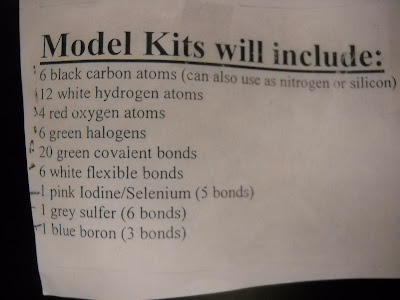
We are conducting this lab to see how aluminum and copper sulfate transform into Copper metal. The more surface area on a metal the faster it will react. Instead of using aluminum foil we used aluminum powder which has more surface area so it produced the product (copper) more rapidly. In the activity series Aluminum is above copper so aluminum replaces copper.
Materials
- Glass Beaker
- Stirring Rod
- Paper towel
- Bunsen Burner
- Copper Sulfate
- Aluminum
- Ring Stand
- Asbestos pad
- Propane
- Striker
- Weight Paper
- Scale
- Aprons
- Goggle
we set the ring stand up and and measured out the right amount of water. hooked the Bunsen burner to the propane and lit it. As the water was getting to a steady boil we measured out our copper sulfate. Once we had that in the water we stirred it until it was gone and the water was blue and once the water was at a steady boil we and all the copper sulfate was gone we measured out the aluminum powder and added that to the water and copper sulfate. Stirred that in and kept the water at a steady boil we just kept stirring until the copper metal started to form and once all the copper was formed and the water was pretty much clear we filtered the copper out of the water and let it sit over night. The next day we took the copper we got and weighted it to see how much copper metal we got and found our theoretical, Actual and the percent yield.
The safety concerns we encountered in this lab were that we were handling chemicals so it was mandatory to be wearing goggles and an apron at all times.
| Products | Mass |
| Copper II Sulfate pentahydrate | 9.21 |
| Aluminum | .97 |
| Coffee Filter | .87/1.80 |
| Dry residue product | 3.10 |
| Water | 95 mL |
Conclusion
At the end of our experiment the Copper Sulfate and Aluminum reacted with each other and created Copper Metal. The Theoretical Yield was 3.43 and the Actual yield was 3.10 which gave us a % Yield of 90%. It is a single displacement reaction. There was a lot of chemical changes during the experiment including color change, precipitate, and surface area.


























